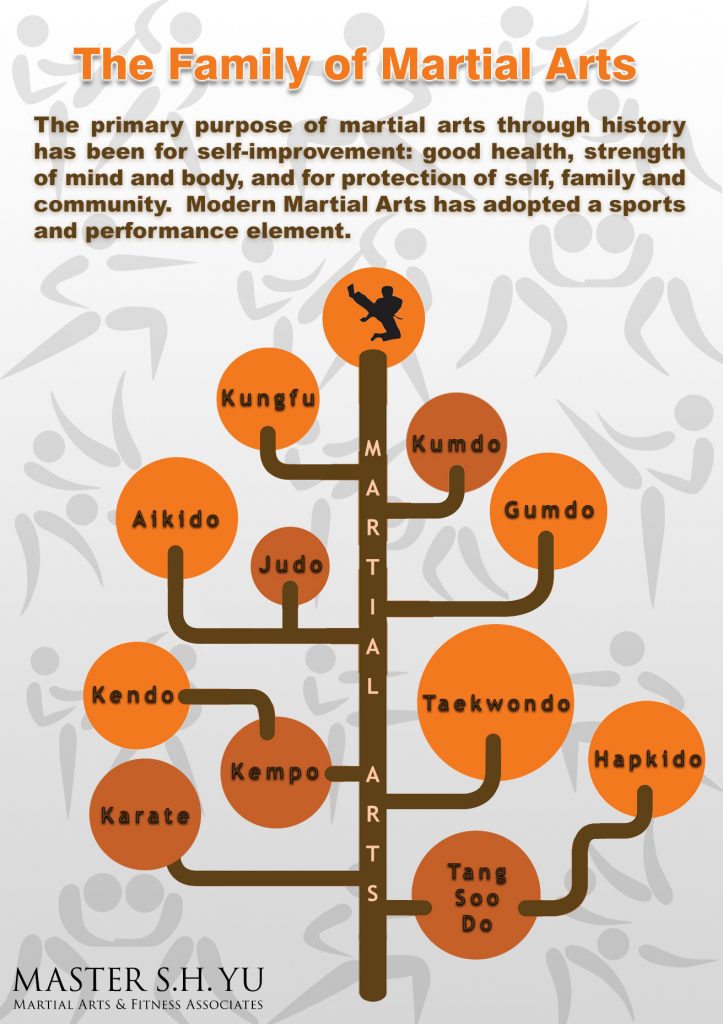Conventional Martial Arts And Modern Combat Sports: A Detailed Introduction Of Their Distinct Distinctions
Conventional Martial Arts And Modern Combat Sports: A Detailed Introduction Of Their Distinct Distinctions
Blog Article
Short Article Author-Thuesen Rocha
When you consider martial arts, do you lean more toward the traditional methods or the modern-day combat sports? Each course offers special benefits and experiences, formed by their ideologies and training techniques. Traditional martial arts highlight individual growth and discipline, while modern battle sports focus on competition and performance. Recognizing these distinctions can assist you in selecting the best approach for your journey. Yet just how do these distinctions manifest in training and philosophy?
The Ideology and Background Behind Traditional Martial arts
While many individuals link martial arts with physical fight, the approach and history behind conventional martial arts run much deeper. You'll find that these techniques emphasize individual growth, discipline, and respect.
Stemming from ancient techniques, traditional martial arts were usually created for Self-Defense and spiritual advancement. They embody principles such as equilibrium, harmony, and self-constraint, directing experts beyond mere battling abilities.
As you educate, you'll not just find out techniques yet likewise obtain understandings right into the culture and worths that shaped these arts. The rituals and traditions, typically given with generations, cultivate a sense of area and belonging.
The Affordable Nature of Modern Fight Sports
Modern battle sporting activities have actually transformed the landscape of martial arts into a highly competitive sector, where professional athletes face off in a test of skill, technique, and endurance.
You'll discover that competitors are commonly organized with stringent rules and laws, ensuring justice and safety. These events bring in large audiences, sustaining the exhilaration and strength of matchups.
Professional athletes train rigorously, not just for physical expertise but likewise for mental toughness, recognizing that every detail counts in the ring. https://consofteachingkidsmartial78766.livebloggs.com/42013963/training-in-martial-arts-weapons-a-journey-with-time-and-skill throughout competitions is palpable, as boxers press their limits to declare success.
Fans appreciate the athleticism and artistry involved, making modern battle sporting activities a thrilling phenomenon that continues to advance and astound lovers around the globe.
Training Approaches and Methods: A Relative Analysis
The affordable ambience of modern-day fight sporting activities needs cutting-edge training approaches that vary substantially from typical martial arts.
In contemporary training, you'll concentrate on details techniques, sparring, and conditioning, typically making use of drills that imitate genuine battle circumstances. You'll see an emphasis on measurable efficiency and frequent competitors to examine your skills.
In contrast, traditional martial arts focus on kinds, katas, and thoughtful mentors, typically highlighting technique and respect over competition.
Training is generally less intense and might include repeated technique rather than real-time sparring.
While both techniques develop ability and health and fitness, modern-day battle sporting activities give a much more vibrant and adaptable training environment, preparing you for immediate obstacles in the ring or cage.
Choose the course that lines up with your goals and rate of interests.
Conclusion
In picking between typical martial arts and modern battle sporting activities, it truly boils down to what you value most. If you're seeking personal growth, self-control, and a feeling of neighborhood, traditional arts may be your finest fit. However if you prosper on competition and real-time challenges, contemporary combat sporting activities could be the way to go. Ultimately, martial arts videos supply unique advantages, so it's everything about aligning your training with your individual goals and interests.
